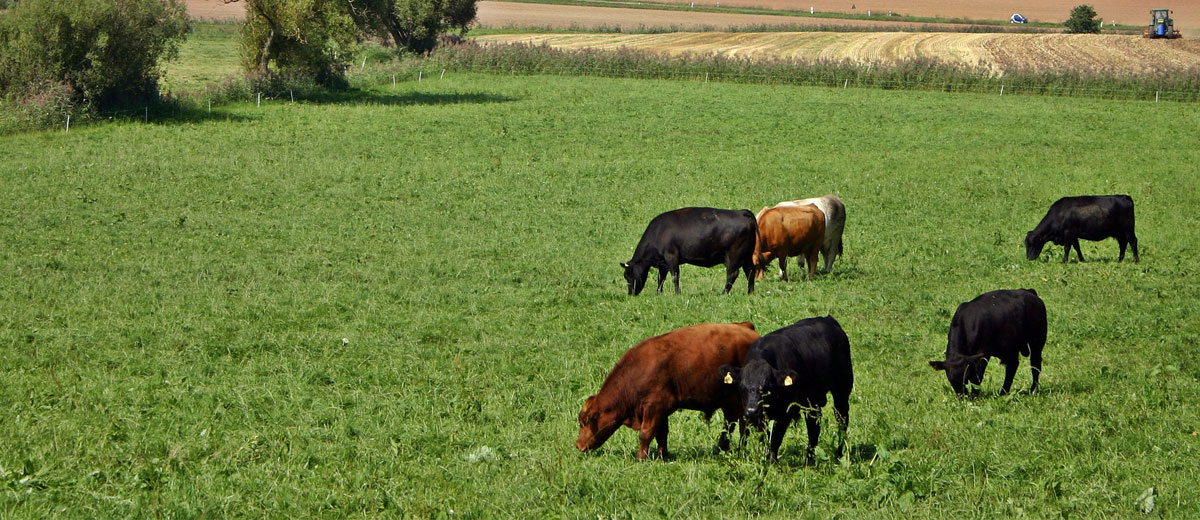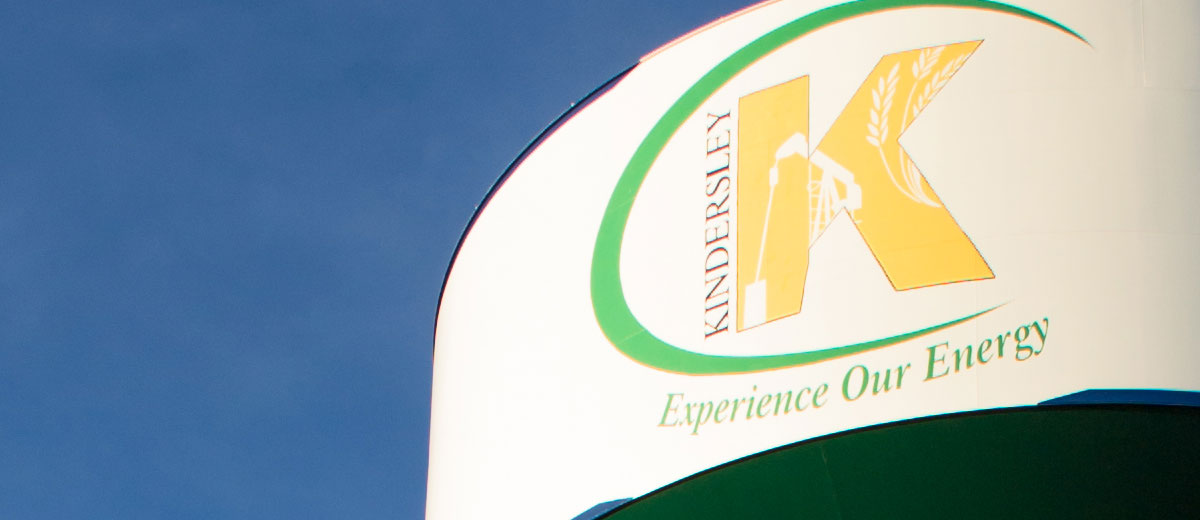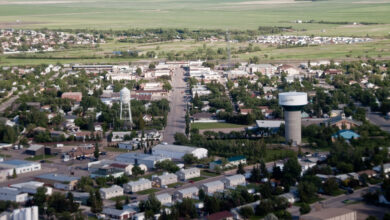
Making 2020 the Best Year Yet
Source: Rachel Kraynick, P.Ag, Agriculture Programs Specialist, Yorkton, Saskatchewan.ca, 2020
Someone once said that the best teacher is not experience, rather evaluated experience.
Being able to look back in 2019 and think about what could have gone better and what we should have done is great, but now I want you to focus on “How am I going to improve?”
What kinds of programs and learning opportunities can your farm participate in to make the most of 2020? Have you thought about making some New Year’s resolutions for your farm? Have you investigated any programs that can help your farm continue to grow, innovate and prosper?
As an agriculture programs specialist, it’s my job to raise awareness of all the program opportunities that exist for your operation. Although you can find a comprehensive list of the Canadian Agricultural Partnership (CAP) programming online, why not make a point of finding out how you can participate in them in 2020 and not leave any money on the table? Reach out to your local agriculture programs specialist for details on each program; but in the meantime, here are 12 resolutions for you to consider:
- Know that having a Premises Identification (PID) number is mandatory for all livestock producers in order to be eligible to apply for the CAP programs. Having a PID number allows for traceability information to be accessed quickly for the protection of animal health, public health and market access for your industry. You can enrol online by visiting the Saskatchewan Premises Identification website or phone the Agriculture Knowledge Centre at 1-866-457-2377 to have one issued for your farm today.
- Decommission any old abandoned wells on the farm and get 90% funding from the Farm and Ranch Water Infrastructure Program (FRWIP). Abandoned wells pose a risk for groundwater contamination as well as safety on your farm.
- Talk to an agri-environmental specialist to get forage blends pre-approved prior to spring seeding and see if you qualify for up to $10,000 for seed and establishment costs for seeding tame or native forage. As a side note: Any fields that have been affected by clubroot are eligible to apply for this funding as well.
- If you own livestock, contact your industry association to get training in animal welfare and biosecurity and invite your vet to complete a farm assessment, in order to access up to $15,000 in funding for new equipment through the Producer Assurance Rebate Program.
- Consider hosting a farm tour of your operation to educate consumers on agriculture and food production to build public trust in our industry. Check the Agriculture Awareness Initiatives Program to see if any costs can be covered.
- Check out the training available through the Agriculture Skills and Knowledge Program (ASK) to improve your farm business management skill set over the winter months. Know that 50% of your books and tuition costs can be covered for courses registered with ASK.
- Meet with your agri-environmental specialist to find ways to protect water quality through exclusion or properly managed timing, duration or intensity of livestock grazing along riparian areas or in native range on your farm. Know that there is up to $10,000 to pay for fencing using this beneficial management practice (BMP).
- Find out how to access up to $45,000 per year on fields that have large scale invasive weed infestations.
- Ensure your eligibility by going through the FRWIP checklist to ensure you have all appropriate permits and approvals prior to digging a well, dugout or pipeline so you can access up to $50,000 of funding.
- Ensure your drainage works are in compliance with the agricultural water management strategy and Water Security Agency, and if not, consider accessing funds though the Drainage BMP.
- Learn more about The Intensive Livestock Operations Act and what funding may be available through the Livestock Stewardship BMP to protect and improve water quality and mitigate environmental impacts from your livestock operation, and;
- Know that up to $2,000 can be accessed through the Variable Rate Mapping BMP rebate, which assists producers to obtain zone maps for variable rate fertilizer and variable rate irrigation application.
These resolutions are all offered under the CAP suite of programming. Knowing that these programs exist and who can help you access them, gives you a cutting edge for 2020. Don’t delay, start today! To discuss any one of these programs, please contact your nearest specialist or the Agriculture Knowledge Center at 1-866-457-2377.
For the latest information and for more updates on everything Kindersley ‘Like’ the Kindersley Social Facebook page below…








































